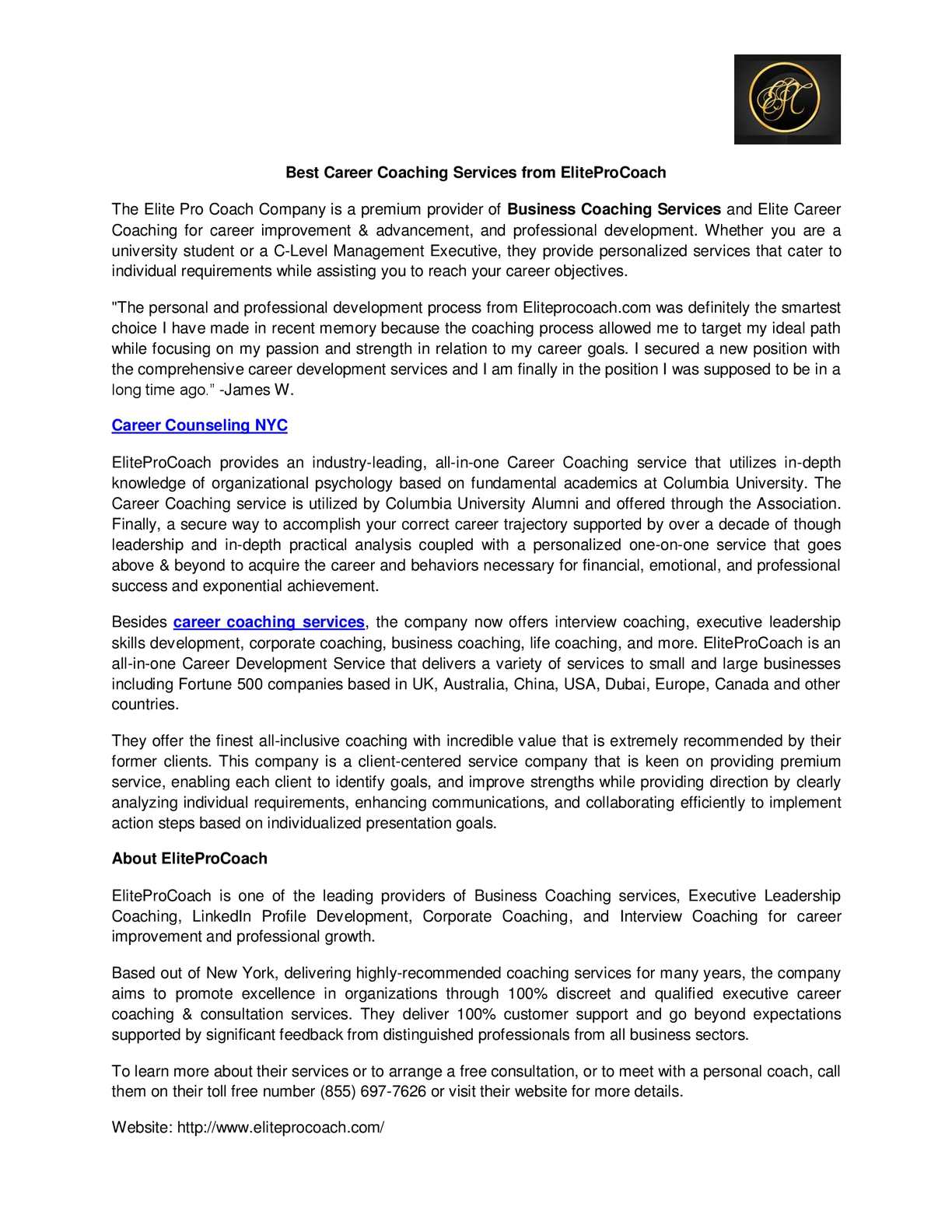
The GROW coaching model is a proven method to improve communication, identify strategies to success, and help clients find the motivation and drive to succeed. It is an easy-to use framework that can be used in many settings, including group coaching sessions and one-on-1 coaching. GROW is an invaluable tool for coaches.
GROW model uses the most effective techniques for achieving your goals. By using a GROW model, you can streamline your appointments, ensure you get the most from your meetings, and find the answers to your most pressing questions. You can also use this model to address your aspirations, problems and obstacles.
GROW can be used by coaches at all levels. In order to take full advantage of the model, it helps to plan ahead and prepare a list of questions for each stage of the process. Active listening is key when using the GROW model. Give your client the opportunity to speak.

GROW model coaching sessions are designed to help clients see their future and allow them to set a goal. You can make small changes or create a bigger, more meaningful goal. You can use the GROW model to set milestones or create a framework to support a long-term initiative for change. Together, you can create a clear plan of action for your client.
GROW model coaching sessions should center on the most difficult problem for your client. Once you have identified the problem, you will be able help your client plan ahead and implement the steps necessary to achieve their goals. Your client will feel more confident and be more successful if you address the issue.
GROW model coaching sessions must also include an assessment of your current reality. This step can reveal new options and help you choose the right path. By considering the best options for you, you'll be able to set a goal that's realistic and attainable.
GROW gives you a framework to track your progress. It can also be used for identifying and addressing obstacles that can prevent you from reaching your goals. The best part of the model is that it can be used in a variety of settings. You can use it to set goals in your personal and business development as well as team goals.

It's a good idea to practice the GROW model prior to each coaching session to be prepared to face the more difficult challenges. It's easy to use and you will see the results in a matter of minutes. You'll be surprised at how much information you'll gain about yourself.
GROW is a way to discover what your client wants and to see where they are now. Consider their current situation to help you find the best solutions.
FAQ
What are the steps involved in life coaching
Life coaching does not only help people find solutions to their problems. Instead, it helps them find what interests and passions they have so they can turn these passions into a positive influence in their lives.
Life coaching helps you to identify your most important values and equips you with the tools you need to live the life that you desire. You can take control of your life by identifying who you are and where to go.
Additionally, coaching can help you gain a better understanding of yourself as well as others. This will lead to greater self-awareness, empathy, and a healthier relationship. Coaching can help you be a better parent, friend, leader, and partner.
A life coach can help with anxiety.
There are many kinds of anxiety disorders. It is important to recognize this. Each individual responds differently to the same stimuli. It is important to identify the type of anxiety that you are trying to help.
This will enable them to devise a plan of treatment that addresses their particular issue.
In general, life coaching helps people gain control over their lives, so it is often helpful for those struggling with depression, anxiety, stress, and relationship issues.
Look into whether the coach is trained to help clients deal with these issues.
Check to see if the coach offers group counseling or workshop services.
This will allow you to meet with him or her regularly and discuss progress.
Ask about the qualifications and training of the coach.
How many clients does a life coach need?
Your coach role is to learn about yourself. It is important to learn and grow so that you are an expert on your own. You will always be available to assist others.
The goal of your business is to build a solid foundation. Understanding your personality and the way you work best is key to achieving this goal.
You will be able use the same motivators to motivate your employees and clients once you understand what motivates.
While you should aim to have between 5-10 clients, if you're doing well you could have more than 100 clients.
Statistics
- People with healthy relationships have better health outcomes, are more likely to engage in healthy behaviors, and have a decreased mortality risk.1 (verywellmind.com)
- If you expect to get what you want 100% of the time in a relationship, you set yourself up for disappointment. (helpguide.org)
- According to ICF, the average session cost is $244, but costs can rise as high as $1,000. (cnbc.com)
- These enhanced coping skills, in turn, predicted increased positive emotions over time (Fredrickson & Joiner 2002). (leaders.com)
- Life coaches rank in the 95th percentile of careers for satisfaction scores. (careerexplorer.com)
External Links
How To
What is life coaching like therapy?
Therapy is for people who are stuck and need help moving forward. Life Coaching is a way to get out of your current situation and help you reach the goals you set for tomorrow.
Life coaching is founded on the belief, that every person has unlimited potential. That our greatest assets are not the skills that we have but how well those skills are used. These skills will make clients happier, healthier, wealthier, according to us.
We also believe there is an important distinction between 'therapy and coaching. Coaching focuses more on strengths and coaching on problems.
Therapists often focus on symptoms such as depression, anxiety, anger, etc., while coaches focus on strengths such as resilience, optimism, confidence, self-awareness, etc. Both focus on the possibility of change.
While therapists have the ability to correct problems, coaches are equipped to help build your strengths. If someone is feeling down, they may feel that they can get help by talking to someone else. But this isn't true.
Coaches ask clients questions in order to uncover their answers. You might ask, "What is your passion?" Or, "Who would be you if there were no limitations?"
They don't try to tell clients what to do. Instead, they help them discover what makes them happy. They see the whole person. This includes their mind, body, spirit, emotions and relationships. - rather than focusing solely upon the problem.
Life coaching is not only more effective than traditional therapies but it also has the added advantage of being cheaper.
Therapy is usually a series of sessions per week that last several months or years. A good therapist will charge between $50 and $100 per session. If you only need one session per month, you could spend thousands of dollars per year on therapy.
You can have a life coach work with you for only a fraction the cost. And because life coaching is less expensive, many people can afford it.